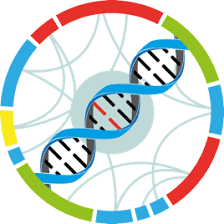Study : The evolutionary dynamics of orthologs that shift in gene body methylation between Arabidopsis species
Identification
Name
The evolutionary dynamics of orthologs that shift in gene body methylation between Arabidopsis species
Identifier
dXJuOkVWQS9zdHVkeS9QUkpOQTM1NjQ4NA==
Description
DNA methylation labels a specific subset of genes in plant genomes. Recent work has shown that this gene-body methylation (gbM) is a conserved feature of orthologs, because highly methylated genes in one species tend to be highly methylated in another. In this study, we looked at the exceptions to that rule by identifying genes that differ in gbM status between two plant species – Arabidopsis thaliana and Arabidopsis lyrata. Using Capsella grandiflora as an outgroup, we were able to polarize the loss and gain of gbM for orthologs in Arabidopsis lineages. Our survey identified a few hundred genes that differed between species out of ~9,000 orthologs examined. The estimated rate of gbM gain and loss rates was ~2 x 10-9 per gene per year, but A. thaliana had an elevated rate of gbM loss, consistent with a recent diminishment of genome size. Body-methylated genes tend to be expressed broadly at intermediated levels and are also longer than other genic sets. We found that body-methylated genes also exhibit signatures of purifying selection, even at silent sites. Supporting the idea that gbM status is under selective constraint, the gain of gbM in one lineage tended to be associated with an increase of expression in that lineage. Genes that varied in gbM between species tended to vary significantly in length; we hypothesize that length is a key feature in the transition between body-methylated and non-methylated gene status.
Data files
Genotype
| Accession number | Name | Taxon |
|---|
